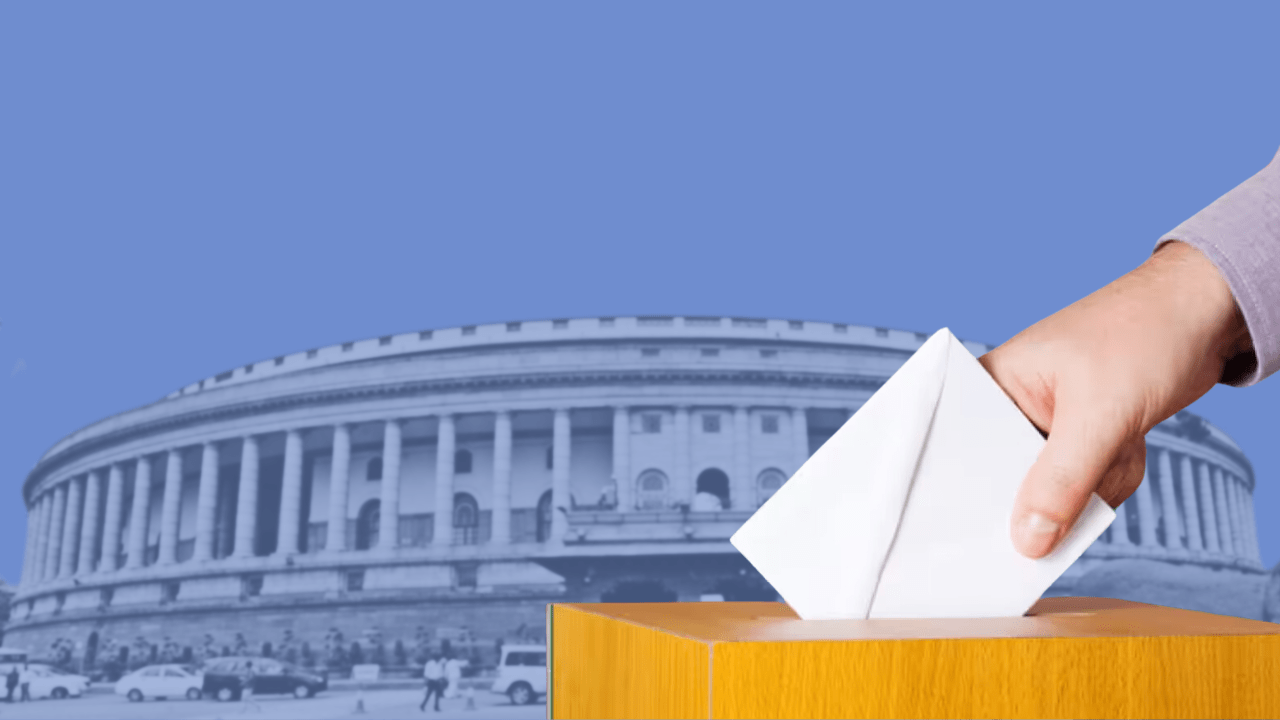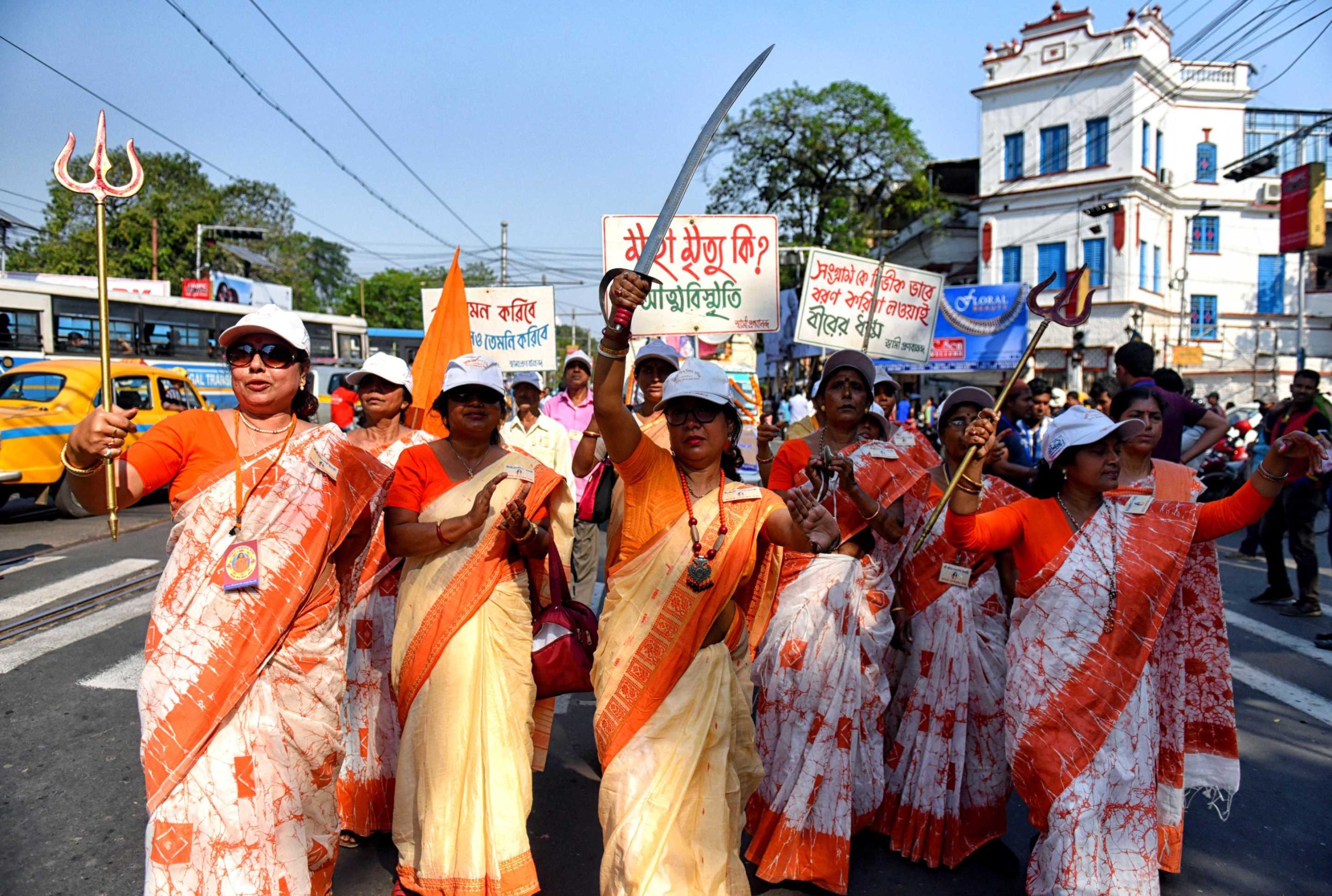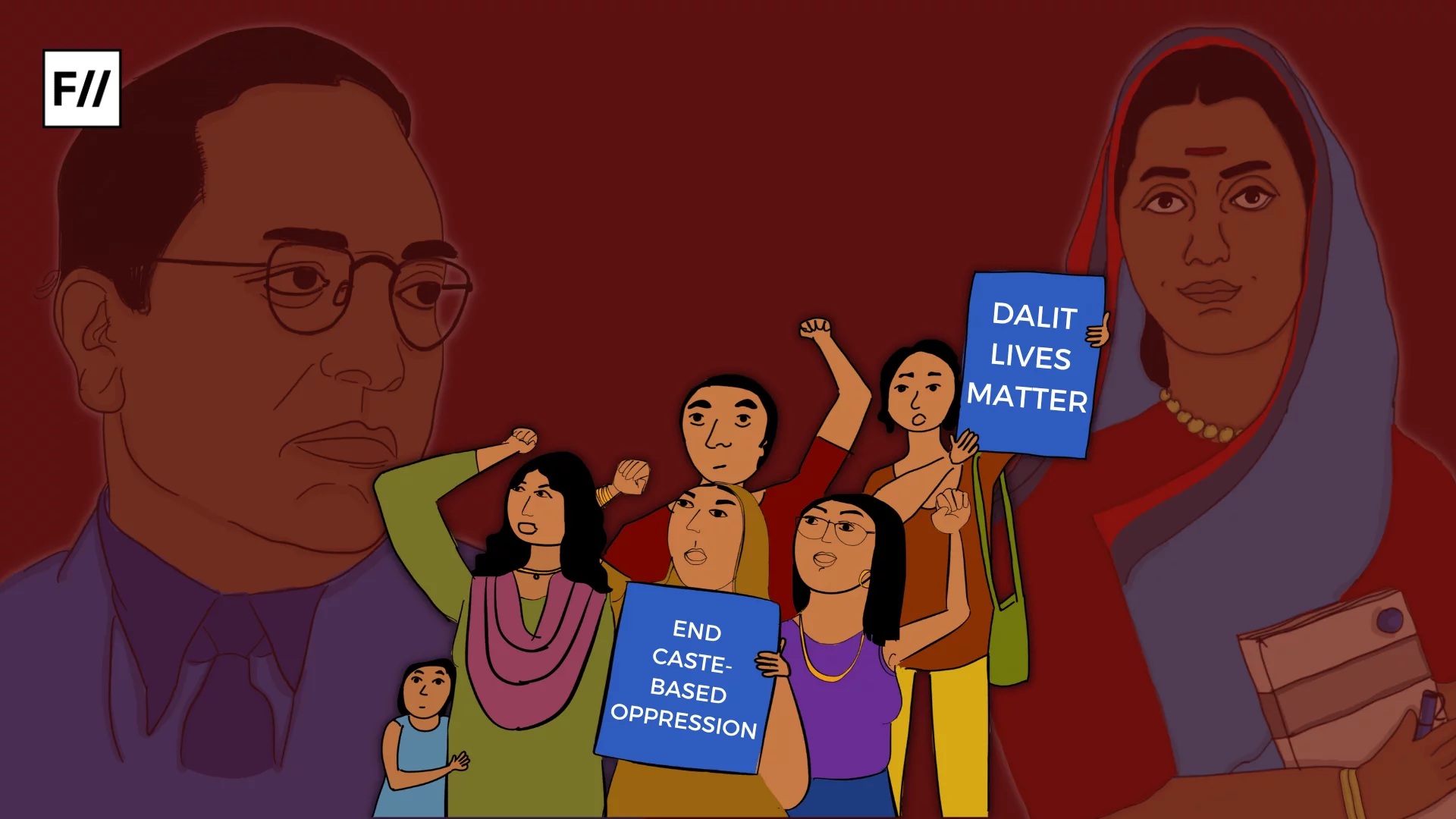When it comes to elections, the ballot system is a crucial method of voting. It revolves around the use of a specific form, known as a ballot, which allows individuals to cast their votes in an election. This tried-and-true approach ensures that the democratic process is upheld and that every vote counts.
A peek into the history
Did you know that the term “ballot” actually comes from the Italian word ballotta, which translates to “little stone” used to cast votes? Delving into the annals of history, we find ourselves transported to the ancient era of Greece, where the seeds of democracy were sown around 508 B.C. During this era, individuals with the privilege of land ownership participated in a unique voting system. They expressed their choice for the political figure to be exiled for a decade by inscribing the name on fragments of pottery, commonly referred to as ostraka in Greek. The practice from which the term “ostracise” is derived has an interesting history.
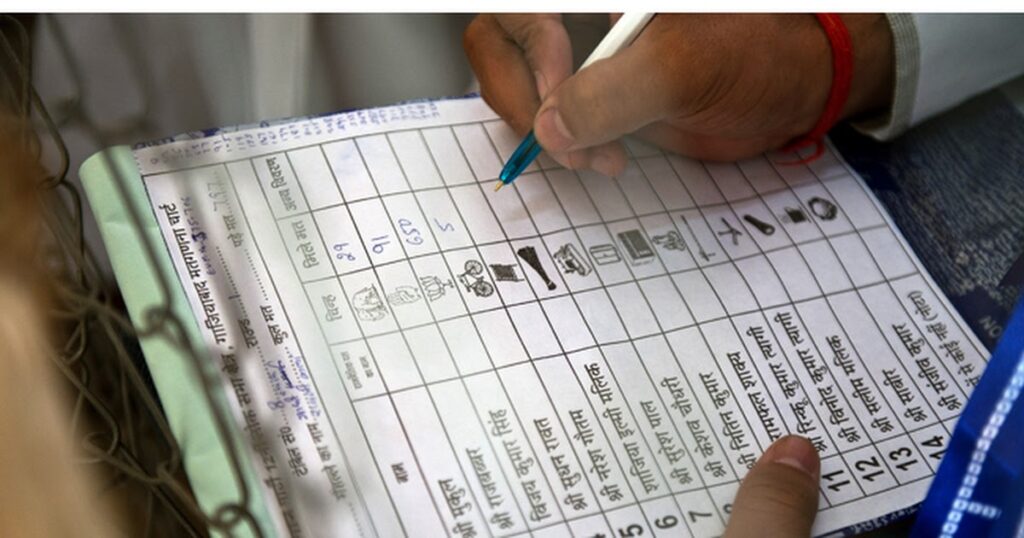
In the 13th century, the Venetian state implemented a unique voting system known as “approval voting.” Under this system, electors were allowed to cast a vote for each candidate they deemed acceptable while abstaining from voting for those they found unacceptable. The ultimate victor emerged as the individual who garnered the highest level of approval from a vast majority of voters.
Using paper ballots
It is fascinating to note that the concept of using paper ballots to conduct elections dates back to ancient Rome, specifically in 139 B.C.E. However, the United States also has its historical connection to this practice. In 1629, paper ballots were employed for the first time in the country to choose a pastor for the Salem Church in Massachusetts. These early instances of utilising paper ballots highlight the enduring significance of this method in democratic processes.

In the United States, the early ballots were made up of pieces of paper that voters marked and supplied themselves. However, during much of the 19th century, political parties and candidates took the initiative to provide pre-printed ballots for voters to cast. After being cast, the ballots are carefully placed into secure ballot boxes to ensure the confidentiality and integrity of the vote.
In the 20th century, the regulation of ballot size and printing gained significant attention from politicians and government officials. As a result, the printing of ballots became an industry controlled solely by the state in most jurisdictions.
Understanding the Process
One important aspect of a ballot is the list of candidates and ballot measures that are up for voting. Alongside these options, there are designated spaces where voters can indicate their preferences. This allows individuals to make their voices heard and participate in the democratic process. There is a wide range of balloting systems, ranging from traditional paper ballots to modern computerised machines. When it comes to casting their votes, voters have the opportunity to express their preferences through a confidential process. By marking their choices on specially designed forms and depositing them into a secure collection box, the integrity of the voting process is upheld. This ensures that each vote is counted accurately and without any external influence. The approach has been specifically crafted to guarantee the confidentiality of voters and minimise the potential for corruption and coercion. \
When it comes to designing the ballot papers, there are interesting variations across different countries. One notable difference is the use of different ballots for voters from different parties. In some cases, these ballots are marked with pens, while in others; a special stylus is used to punch the ballots. This unique approach adds an element of diversity to the voting process. Nowadays it has become common practice to utilise pre-printed ballots that are specifically designed to be processed by automated vote-counting machines. This technological advancement has significantly streamlined the voting process and enhanced the accuracy and efficiency of ballot counting.
Ballot system in India
The evolution of the ballot system in India has been an interesting journey. In the early years of Indian democracy, the Election Commission of India (ECI) implemented the “Balloting System” for voting during the first and second General Elections held in 1951-52 and 1957. In this innovative system, each candidate was assigned an individual ballot box at every polling station. Voters effortlessly placed their pre-printed ballot papers into the designated ballot box of their preferred candidate.
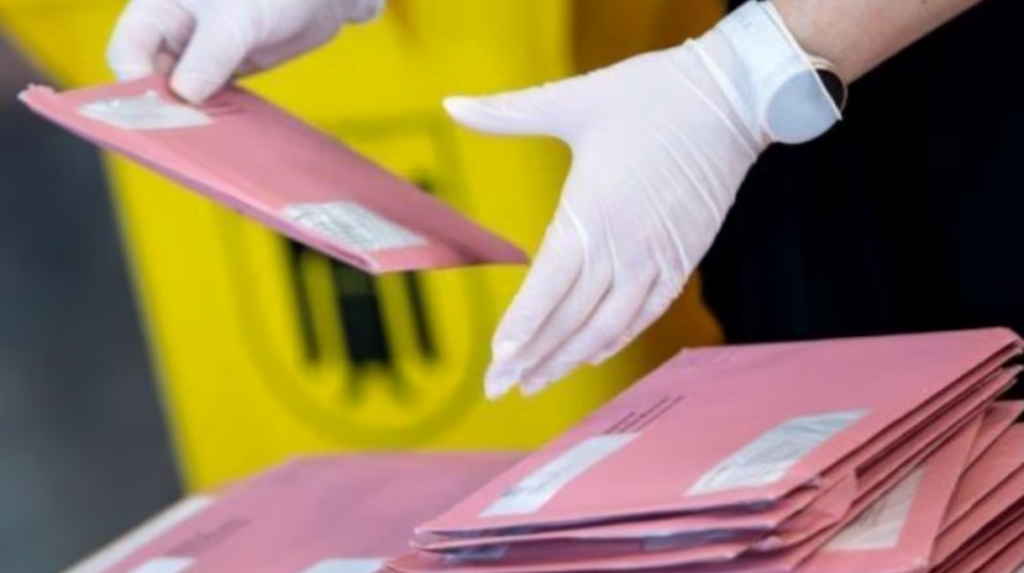
Starting from the 3rd General Elections in 1962, the ECI made a significant change in the way people voted by adopting the “Marking System.” In this system, a standard ballot paper was used, featuring the names and symbols of all the candidates. Voters would indicate their choices on this ballot paper, which were subsequently placed into a shared ballot box.
In the latest elections, the voting process in India is conducted through the use of Electronic Voting Machines (EVMs) for recording and tallying votes. In an era where the integrity of electronic voting machines (EVMs) is of utmost importance, it is reassuring to know that these devices are specifically designed to be tamper-proof. With their once-write software and read-only masked memory, EVMs are built to ensure the highest level of security. These state-owned and high-security premises where the EVMs are developed further add to the trustworthiness of these machines. Through the use of EVM Tracking, the Commission can securely monitor the digital verification identity and physical presence of these crucial devices in real time.
India not only relies on the EVM system for elections but also offers a postal ballot system for eligible officials on election duty at designated Voter Facilitation Centres. This system aims to enhance accessibility in the voting process for individuals who are unable to vote in person. By utilising this system, individuals facing various difficulties can conveniently exercise their right to vote.
Officials on election duty who are eligible have the option to cast their vote through a convenient postal ballot system at a designated Voter Facilitation Centre. In India, the ballot system has undergone significant changes, reflecting the nation’s dedication to organising elections that are both impartial and equitable. The introduction of advanced technologies such as Electronic Voting Machines (EVMs) has played a crucial role in improving the electoral process and promoting transparency.
About the author(s)
Insha Qayoom Shah is a Research Scholar from the Department of English, University of Kashmir pursuing her PhD on Female Revisionary Mythmaking: A Study of Select Novels. The areas of her interest include Feminism, Mythology and the Revisionary literature. She has presented four papers in different national and international conferences. She has also contributed chapters in three books dealing with the feminism and gender studies.
